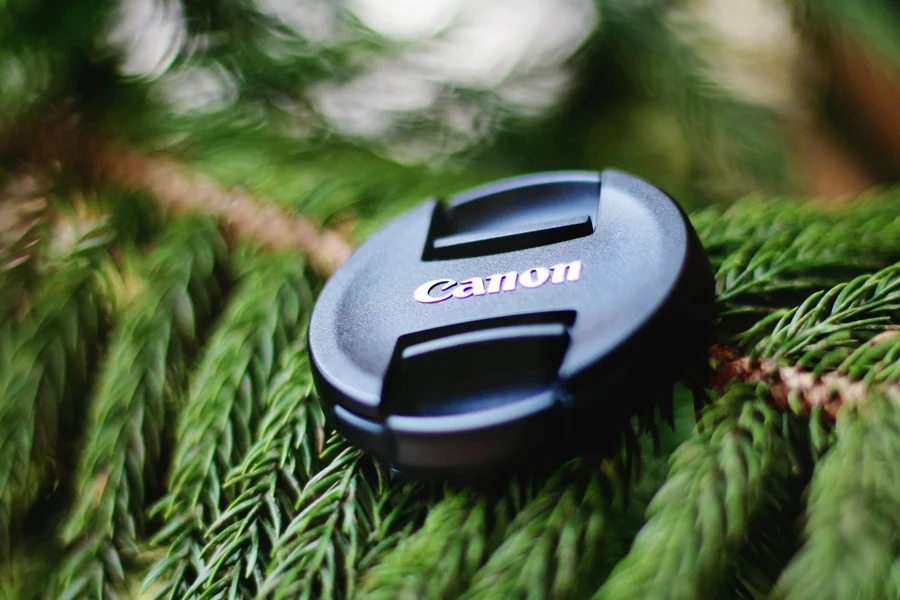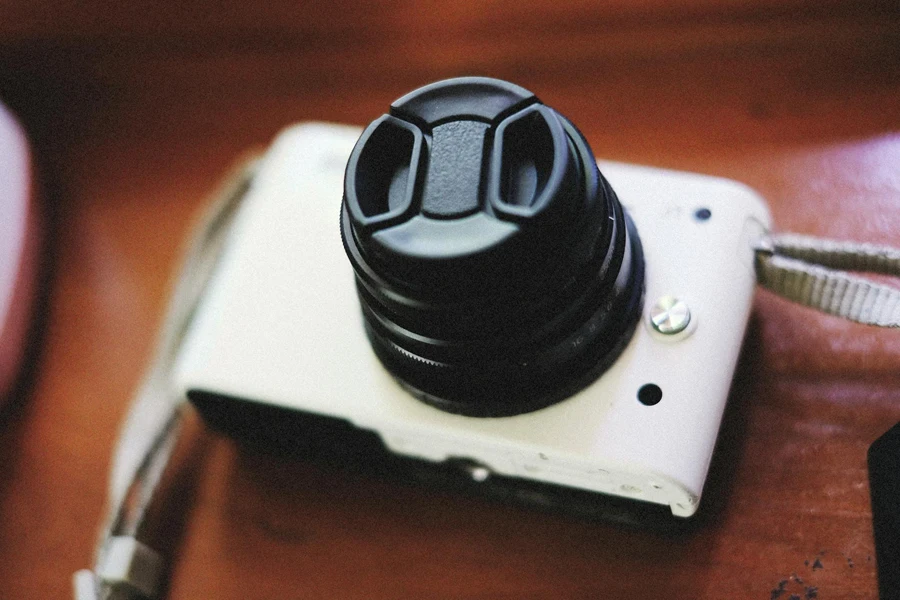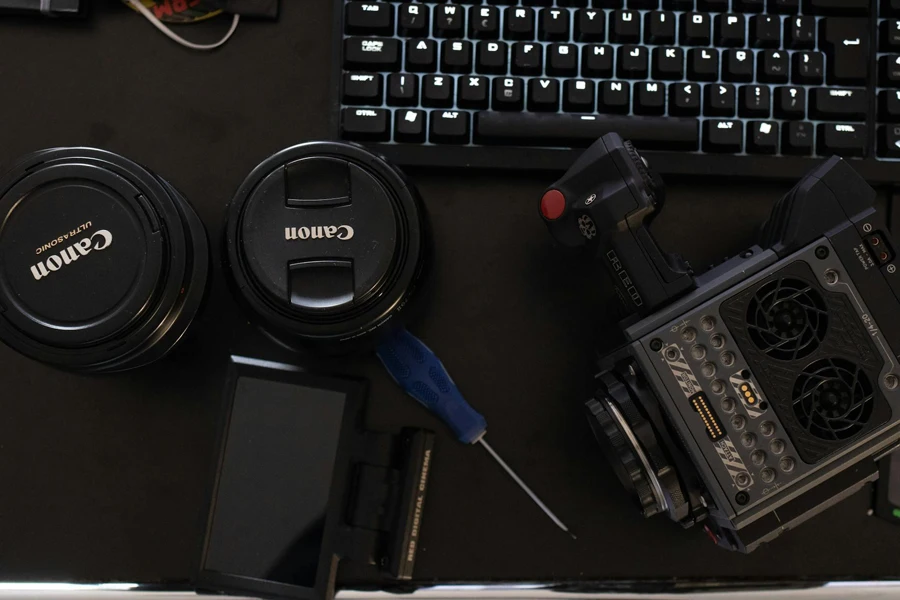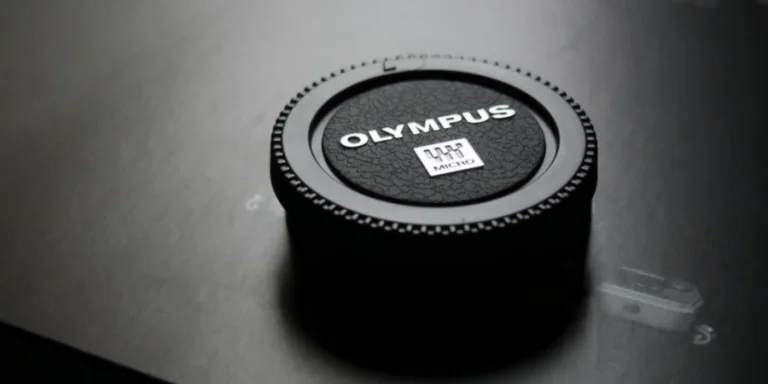Table of Contents
● Introduction
● Market overview
● Things to consider when selecting camera lens protectors
● Different types of camera lens protectors and their features
● Conclusion
Introduction
Camera lens protectors are crucial for preserving the quality and lifespan of camera equipment. They protect lenses from scratches, dust, and impact damage, ensuring clear and sharp images. The demand for high-quality lens protection is rising due to the increasing popularity of professional and amateur photography. Technological advancements have led to more durable protectors with superior clarity and easy installation. These protectors are now available for various camera models, including smartphones and DSLRs. This versatility makes them essential for all types of photographers. Businesses and retailers increasingly invest in advanced lens protectors to meet the growing need for reliable camera accessories. As the photography market expands, the importance of effective lens protection continues to grow. High-quality lens protectors enhance the longevity of camera equipment and improve overall image quality. Stay updated with the latest lens protection technology is vital for those in the photography industry. This ensures that professional photographers and everyday users can maintain the best possible performance from their cameras.

Market overview
The global camera lens protector market is experiencing substantial growth, driven by the increasing demand for high-quality photography equipment. According to Mordor Intelligence, the market is expected to grow at a CAGR of 6.5% from 2024 to 2029. This growth is fueled by rising disposable incomes and the growing popularity of both professional and amateur photography. As more people invest in high-end camera equipment, effective lens protection becomes more critical. Technological advancements in lens protector materials, such as multi-coated glass and Nanocoatings, have significantly improved the durability and performance of these products. This has made them an essential accessory for photographers seeking to protect their investments and maintain the quality of their images. The increasing use of smartphones with advanced camera capabilities also contributes to this trend, as consumers demand better protection for their devices to ensure optimal photo and video quality.
According to Mordor Intelligence, the global camera lens market is projected to reach USD 5.87 billion by 2024 and grow to USD 8.02 billion by 2029. Key players in the industry, such as Largan Precision Co. Ltd, Sunny Optical Technology (Group) Co. Ltd, Kantatsu Co. Ltd, and Genius Electronic Optical Co. Ltd, are leading innovations to meet market demands. The market is particularly strong in the Asia-Pacific region, a significant hub for smartphone manufacturing, and has a large consumer base with increasing disposable incomes. The demand for high-resolution cameras for capturing photos and videos drives the need for advanced smartphone lenses. Additionally, the automotive sector’s adoption of camera lenses for autonomous vehicles contributes to market growth. These lenses provide critical visual information for vehicle navigation and safety. The camera lens protector market is poised for significant expansion as technological advancements and consumer preferences evolve.

Things to consider when selecting camera lens protectors
Material advancements
When choosing a camera lens protector, the materials used are a key factor to consider. Recent innovations in lens protector materials have significantly enhanced their effectiveness. Multi-coated glass, for instance, is popular due to its ability to minimize reflections and glare while maintaining clarity. Additionally, Nanocoatings provide benefits such as water and oil repellency, making lenses easier to clean. Self-healing hydrogel is another advancement, offering protection that can recover from minor scratches and abrasions, ensuring long-lasting clarity and durability.
Protective features
Advanced protective features are crucial for safeguarding camera equipment. Scratch resistance ensures that lenses remain clear and undamaged during use, maintaining image quality. Water repellency, provided by Nanocoatings, prevents water spots and streaks that can affect photo clarity. Anti-reflective coatings reduce glare and improve image quality, which is essential for shooting in bright conditions. Shatterproof designs provide durability and protection against drops and impacts, ensuring the lens protector can withstand harsh environments.
Installation improvements
Ease of installation is an important consideration. Many high-quality protectors now come with installation kits that include alignment tools and dust removal stickers. These tools help ensure a bubble-free application, which is critical for maintaining optical clarity. Some protectors feature adhesive layers that can be repositioned during installation, allowing for precise adjustments without losing stickiness, making the installation process more user-friendly and effective.
UV protection
UV filters are a type of lens protector that blocks ultraviolet light, which can cause haze and reduce image sharpness. These filters are especially beneficial for outdoor photography, where UV light is prevalent. They also offer protection against dust and scratches, ensuring the lens remains clean and clear. UV filters that enable 99.99 percent of light to pass through maintain image quality while providing essential protection.
Color correction
Lens protectors with color correction capabilities enhance the accuracy of colors in photographs. These protectors filter out unwanted color casts caused by specific lighting conditions. For instance, skylight filters add warmth to images by reducing the blue tones in outdoor settings. This feature is particularly useful for photographers who must maintain consistent color quality in various environments.
Anti-fingerprint technology
Anti-fingerprint coatings are crucial for maintaining lens clarity by preventing smudges and fingerprints. This technology is vital for image quality, as fingerprints can cause blurriness and reduce contrast. Anti-fingerprint coatings are designed to resist oils from the skin, making it easier to keep lenses clean with minimal effort, ensuring optimal clarity and sharpness.
Durability and longevity
The durability of lens protectors has significantly improved with advancements in materials and design. Multi-layered protectors combine different materials to enhance strength and flexibility. This multi-layer construction protects against physical damage while ensuring the protector remains clear and functional. High-quality protectors can significantly extend the lifespan of camera lenses by preventing damage from daily use and harsh environments, making them a valuable investment for photographers.

Different types of camera lens protectors and their features
Five-layer glass lens protectors
Five-layer glass lens protectors are renowned for their superior protection and clarity. They feature a construction that protects against scratches and impacts. These protectors often include a black ring around the flashlight to prevent unwanted reflections, enhancing photo quality. Their design ensures 100% picture clarity, making them a top choice for professional and amateur photographers.
Hybrid protectors
Hybrid protectors combine the strengths of tempered glass and plastic film to offer balanced protection and flexibility. These protectors are designed to provide high scratch resistance while remaining lightweight and easy to install. According to NFI, hybrid protectors are popular because they offer the best of both worlds: the durability of tempered glass and the flexibility of plastic film. This combination makes them ideal for photographers who need robust protection without sacrificing ease of use.
High-quality lens protectors for security cameras
High-quality lens protectors are essential for advanced security cameras, enhancing their performance. These protectors are designed to withstand harsh outdoor conditions, providing reliable protection against dust, water, and impacts. Features like a 4K dual-lens system with auto-zoom tracking allow for detailed and accurate surveillance. The lens protectors are crucial in maintaining the camera’s clarity and durability, making them valuable tools for security applications.
Multi-coated glass protectors
Multi-coated glass protectors are designed to minimize reflections and glare, enhancing the overall image quality. These protectors use multiple coating layers to improve light transmission and reduce optical distortions. According to NFI, multi-coated protectors are essential for photographers who shoot in bright conditions, as they help maintain image clarity and color accuracy. The additional coatings protect against scratches and smudges, ensuring the lens remains clear and functional.
Self-healing hydrogel protectors
Self-healing hydrogel protectors are a recent innovation in lens protection technology. These protectors can recover from minor scratches and abrasions, maintaining a smooth surface over time. According to NFI, hydrogel protectors are particularly useful for photographers who frequently change lenses or work in rough environments. The protector’s self-healing properties ensure that it remains effective even after repeated use, providing long-lasting protection for the lens.
Anti-fingerprint coatings
Lens protectors with anti-fingerprint coatings are designed to resist smudges and fingerprints, keeping the lens clean and clear. These coatings are especially important for maintaining image quality, as fingerprints can cause blurriness and reduce contrast. According to NFI, anti-fingerprint coatings are made from materials that repel oils from the skin, making it easier to wipe the lens clean. This feature is crucial for photographers who must maintain optimal image clarity and sharpness.
Conclusion
Camera lens protectors are essential for both amateur and professional photographers. They safeguard lenses from scratches, dust, and impacts, ensuring the longevity and clarity of the equipment. With ongoing technological advancements, such as multi-coated glass, Nanocoatings, and self-healing hydrogels, lens protectors continue to improve. These innovations offer better protection and maintain high image quality. The growing demand for high-quality photography drives continuous improvement in lens protector designs. Top models, including Epico’s five-layer glass protectors and Tiffen’s UV filters, set industry standards. These advancements make lens protectors indispensable tools for photographers aiming to preserve their investments and capture the best possible images. As the market evolves, we can expect further enhancements offering even greater protection and performance, making lens protectors a critical component of any photographer’s gear.




